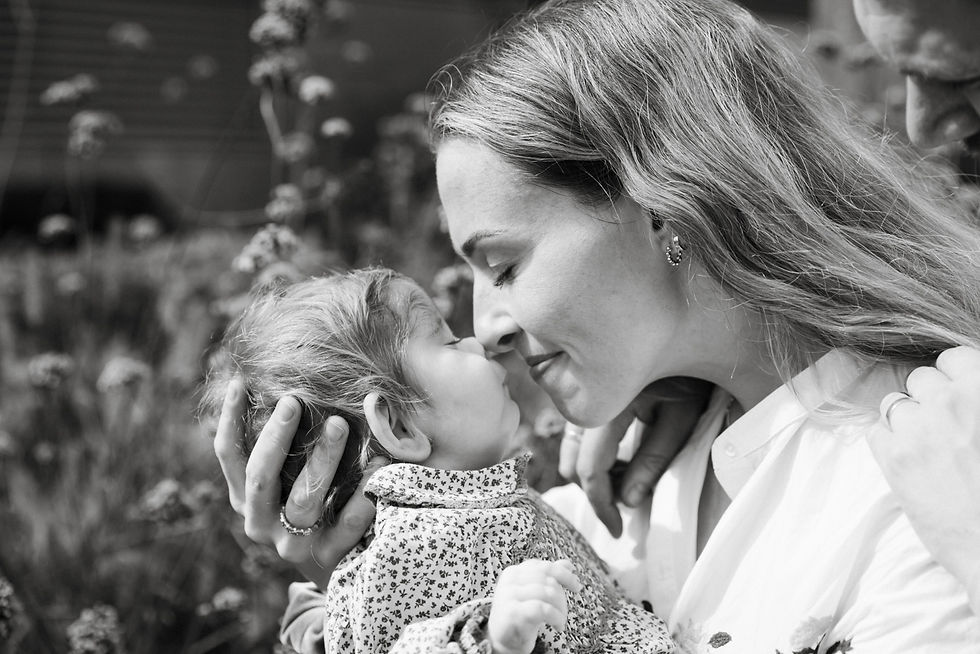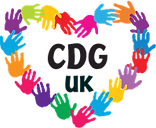

Rare Disease Awareness
When our daughter Ruby was diagnosed with an ultra rare metabolic condition Pmm2 CDG in January 2024, I was suddenly thrown into the world of Rare Diseases; something I previously had no awareness of whatsoever. This struck me as a problem, that there can be a grave issue that affects no less than an estimated 350 million individuals worldwide (many more when you consider their families and communities), and yet nobody appears to be talking about it, not in the news, not on social media, not at the legislative or policy making level.
Why, when we talk passionately about Cancer research, and even Climate Change, do we not give the same air time to Rare Disease?
Along with other co-founders, parents engaged in activism who shared these exact questions around the deafening silence, we set up GO RARE, an organisation that seeks to dissolve the boundary between rare and common and, in doing so, makes rare a dinner table conversation and a social justice issue.



.png)
As well as co-founding GO RARE, I am also a board trustee for the charity CDG UK, which advocates for the rights of patients living with Congenital Disorders of Glycosylation (CDG), a process that involves the attachment of the body's sugar chains (glycans) to the surface of proteins. This seemingly microscopic enzyme deficiency has the capacity to affect every organ system in the body, including the brain, which results in myriad symptoms, often requiring the patient to be hospitalised, plus global developmental delay and motor challenges throughout life.
There is currently no cure at this moment, but we are working very hard to change that.
You can support our work by donating to CDG UK via the link below:
